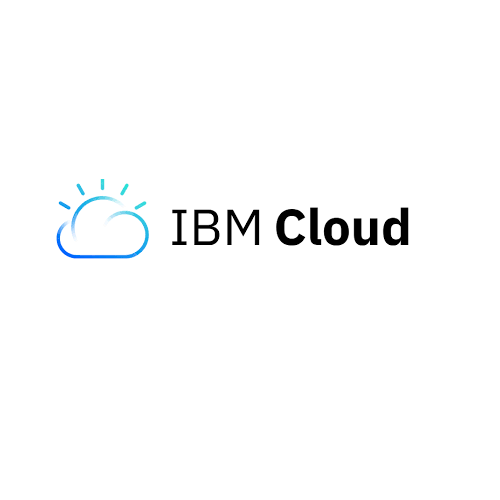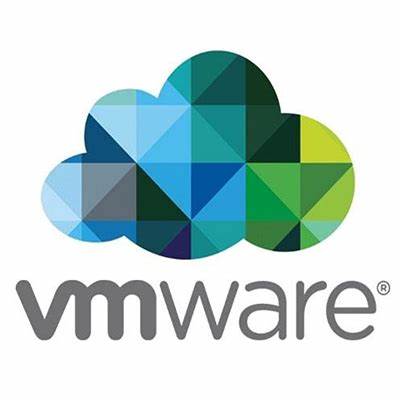
250 +
Customisations
Done
Cloud Readiness Assessment and Strategy Explore
In today's rapidly evolving digital landscape, migrating to the cloud has become a strategic imperative for organizations seeking agility, scalability, and cost-efficiency. However, embarking on a cloud journey without a clear understanding of your organization's readiness and a well-defined strategy can lead to challenges and setbacks along the way. That's where our Cloud Readiness Assessment and Strategy service comes in.
With years of expertise in cloud technologies and a deep understanding of business needs, our team conducts a comprehensive assessment of your organization's current infrastructure, applications, and processes to determine your readiness for cloud adoption. We evaluate factors such as existing IT infrastructure, data security and compliance requirements, application architecture, and organizational culture to provide insights into the challenges and opportunities associated with migrating to the cloud.
Based on the assessment findings, we work closely with your team to develop a tailored cloud adoption strategy aligned with your business objectives and long-term goals. Whether it's selecting the right cloud service model (IaaS, PaaS, or SaaS), identifying suitable cloud providers, defining migration priorities, or optimizing costs, our experts guide you through every step of the process. With a well-defined strategy in place, you can confidently navigate your cloud journey, maximize the benefits of cloud computing, and drive innovation across your organization.
Technology we work
Latest &
Relaible Technologies
Microsoft Azure
Google Cloud Platform (GCP)
IBM Cloud
VMware Cloud
Conduct thorough evaluations of existing infrastructure, applications, and workloads to determine their suitability for migration to the cloud. Assess factors such as performance requirements, security considerations, and regulatory compliance to develop a tailored cloud strategy.
Identify potential risks associated with cloud migration, such as data security vulnerabilities, compliance challenges, and performance issues. Develop mitigation strategies and contingency plans to address these risks and ensure a smooth transition to the cloud environment.
Analyze current spending patterns and identify opportunities for cost optimization in the cloud. Implement strategies such as rightsizing of resources, utilization of reserved instances, and adoption of cost-effective storage solutions to optimize cloud expenses while maximizing performance and scalability.
Design cloud architectures that enable scalable and high-performance computing environments. Utilize cloud-native technologies such as auto-scaling, load balancing, and distributed computing to dynamically adjust resource allocation based on workload demands and ensure optimal performance.
Develop detailed migration plans outlining the step-by-step process for transitioning applications, data, and infrastructure to the cloud. Define migration priorities, timelines, and dependencies to minimize disruptions to business operations and maximize the benefits of cloud adoption.

FAQ's













